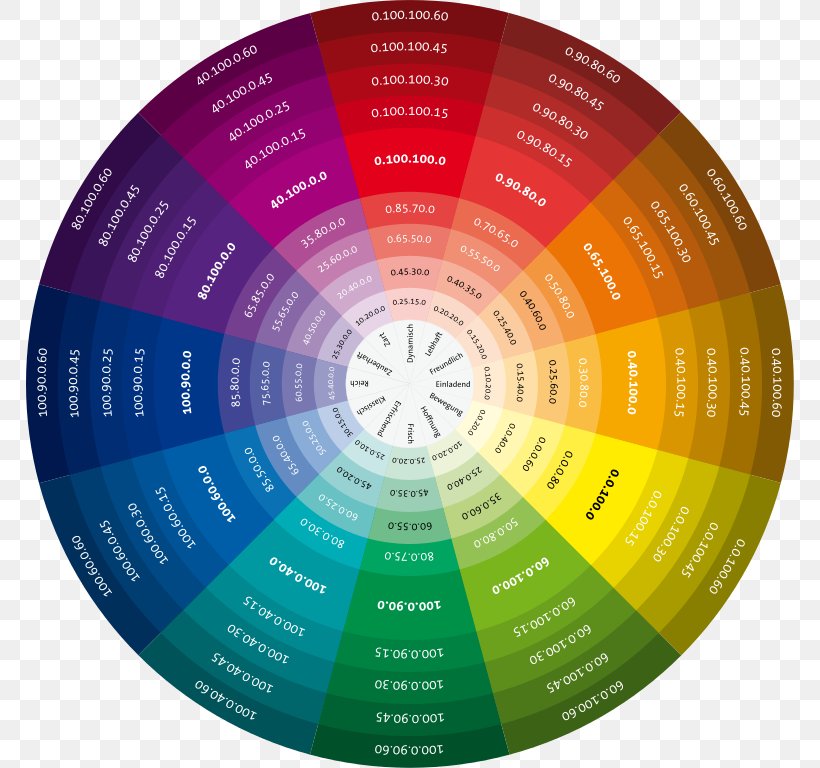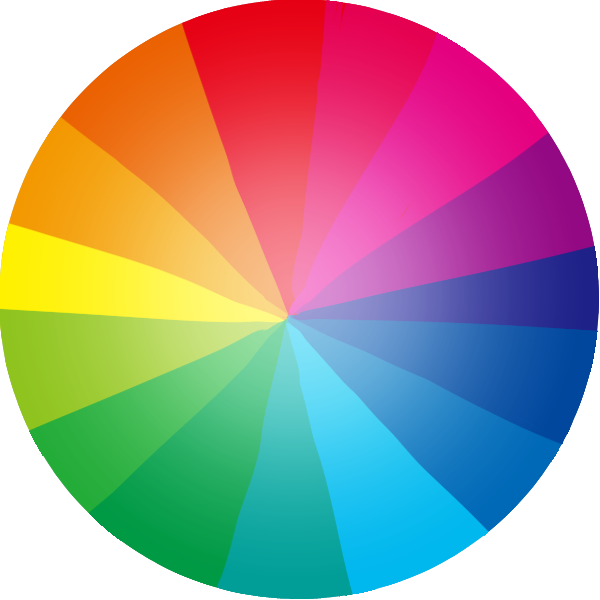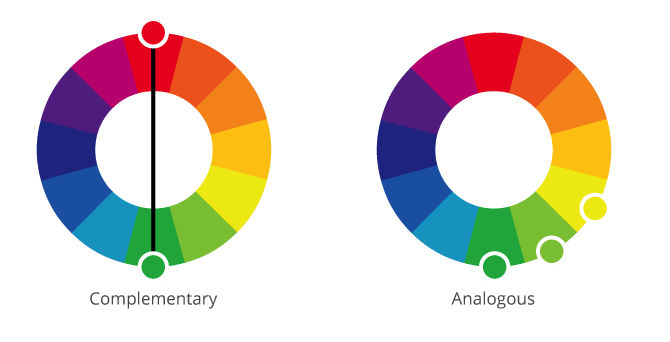What Color Is the Opposite of Brown?
Are you curious about what color is the opposite of brown on the color wheel? Stick around as we share the answer to this question…
As children, we learned about colors. We were taught that we can mix two pigments to create an entirely new one, which not only lets us explore our palettes but also our imagination and creative prowess.
With this, we also learned back in our primary school days that colors do not stand alone but are connected with one another. We learned everything from mixing hues to creating new ones to the characteristics they share and those that they do not have in common.
When talking about similarities and differences, you can easily point out colors that resemble one another.
However, it can be difficult to point out opposites of a particular color, especially without knowing the foundations of color theory.
If you are wondering what hue is the opposite of brown, then you need to know the basic principles that can help you identify what the reverse of brown is. Let’s start with the color wheel…
Understanding the Color Wheel
The color wheel is one of the earliest formal exposures children have to color theory. When we were kids, our teachers showed us the color wheel to teach the various types of hues such as primaries, secondaries, and tertiaries (sometimes called, intermediaries or intermediates).
If you remember, there are three primary colors, namely red, yellow and blue. Blending two of them together gives you a secondary hue while mixing one primary and one secondary pigment results in a tertiary one.
At its most basic, the wheel is usually composed of these three groups. A more expanded version shows hues that come from experimenting with a variety of combinations, one of which is brown.
Now, let’s move on to how the wheel is arranged. Read on…
Color Relations
To form the wheel, each color is placed in a manner that makes sense. In color theory, the relationships of colors are the basis of how the wheel is arranged.
The most basic of such relations are similarities. Pigments that go harmoniously with one another or those that share characteristics usually sit together on the wheel.
Take red and red-violet for example. They are placed beside each other because they are closely related. Then, red-violet is followed by violet, blue-violet, and blue. Together, this group of colors is considered analogous.
Now that you understand that hues bearing similarities are located near one another on the wheel, it is easier to recognize where opposites or complementary colors are located.
When you look at the color wheel, you will see that those that bear fewer similarities or are contrasting are located across from each other.
The wheel can be divided into two sections: one for warm colors and one for warm ones. Those that are perceived by the eye through the longest wavelengths fall under warm colors.
These are red, yellow, and orange. Meanwhile, those that have shorter wavelengths are cool hues such as green, blue, and violet.
So, when people talk about complementary colors it is usually a pair of hues composed of one warm and one cool pigment.
Ready to know what color is the opposite of brown? Keep reading…
So, what is the opposite of brown?
When you look at a more expanded wheel, you will see that brown is placed directly across from dark blue. So, the easy answer is the hue that contrasts with brown are dark blue.
The thing about complementary colors is that they are named because they accompany each other very well.
These two look good when used alongside each other, as in many areas of art and design including fashion, interiors, and fine arts.
When used in art and design, these two can create an elegant atmosphere, especially with the right shade or tone.

You can also combine neutral colors such as white, black, and grey. Just think of a blue suit and tie, paired with a white shirt, topped off with pair of brown shoes. This definitely appears sophisticated and chic.
You can also use this combination for interior design. Throw in brown curtains and side tables in a bedroom with blue bedsheets and you can create a cozy-looking chamber.
While these hues are considered the opposite of each other, keep in mind that one of them can bear characteristics similar to the other. Remember that some types of browns can have a tinge of blue in them just like Dobunezumi or brown rat grey which has 23.53% blue. Similarly, there are blues that have brownish hints such as Prussian Blue.
The Bottom Line
Working with colors is fun and satisfying, especially if you know the principle behind their usage. Now that you know that brown and dark blue are complementaries, you can experiment with using these two to create a masterpiece.
Read Latest Posts

Hi, I'm Anthony Tran! Welcome to my site. I live in Arizona and am obsessed with all things related to building an Online Business and working from home. Learn about my journey here.
Follow Online




